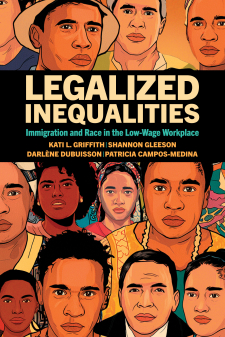Wage Stagnation and the Transformation of Pay Practices
From the mid-1970s through the mid-1990s, median wages for workers without a college degree stopped growing and even declined in real terms. Wage stagnation has contributed to rising inequality, as incomes of the bottom 50 percent plateaued from 1980 to 2014, while incomes at the top continued to grow. Parts of wage stagnation are attributable to skill-biased technological changes, business cycle effects, economic globalization and a decline in labor union strength. However, the extent to which some part of wage stagnation is due to changes in organizational and managerial practices remains unclear. Sociologist Nathan Wilmers suggests that constrained pay practices, like narrow pay bands and seniority-based pay, are both an indicator and a source of worker bargaining power: (1) employers switch from formalized, constrained pay practices to more flexible merit pay as a way of eliminating high labor costs baked into strict pay scales, and (2) seniority-based and tight pay scales can generate collective interests among co-workers. To test these ideas, Wilmers will link newly-uncovered data from the Wage Fixing Authority Survey (WFAS) to Dun & Bradstreet and Equal Employment Opportunity (EEO) records. The WFAS data have been gathered annually since 1974 from establishments in 130 labor markets across the U.S. Wilmers acquired these data from holdings in the National Archives, which run through 1991. Wilmers will extend preliminary findings by incorporating data on labor productivity and shifting workplace demographics.





